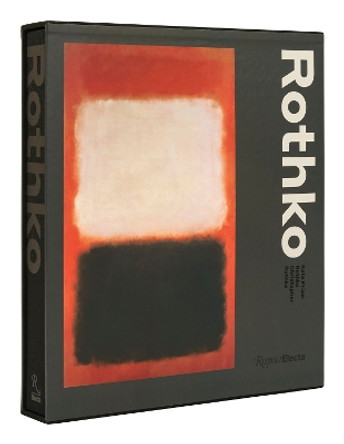Description
Resisting interpretation or classification, Mark Rothko (1903-1970) was a prominent advocate for the artist's consummate freedom of expression. Although identified as a key protagonist of the Abstract Expressionist movement, first formed in New York City, Rothko rejected the label and insisted instead on "a consummated experience between picture and onlooker."
Following a repertoire of figurative works, Rothko developed his now iconic canvases of bold color blocks in red, yellow, ochre, maroon, black, or green. With these shimmering, pulsating color masses, Rothko stressed that he had not removed the human figure but rather put symbols or shapes in its place. These intense color forms contained all the tragedy of the human condition. At the same time, Rothko explicitly empowered the viewer in the expressive potential of his work. He believed "A picture lives by companionship, expanding and quickening in the eyes of the sensitive observer."
From his early development through to his most famous color fields, this book introduces the intellect and influence of Rothko's dramatic, intimate, and revolutionary work.
About the Series: Each book in TASCHEN's Basic Art series features: A detailed chronological summary of the life and oeuvre of the artist, covering his or her cultural and historical importance. A concise biography. Approximately 100 illustrations with explanatory captions.
About the Author
Jacob Baal-Teshuva, born 1929, is author, critic and independent curator of museum shows. He studied at the Hebrew University in Jerusalem and New York University. His numerous publications include works on Marc Chagall, Alexander Calder, Jean-Michel Basquiat, Andy Warhol, and Christo and Jeanne-Claude. Jacob Baal-Teshuva lives and works in New York and Paris.
Book Information
ISBN 9783836504263
Author Jacob Baal-Teshuva
Format Hardback
Page Count 96
Imprint Taschen GmbH
Publisher Taschen GmbH
Weight(grams) 589g





